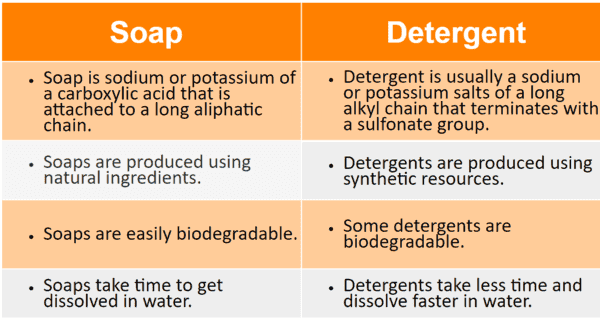What and Why- Shampoo Bar
A little Q&A with our most commonly asked questions about switching up your wash routine.
What is a shampoo bar?
A shampoo bar is cold-process soap, the method for how most artisan bar soap is made. Cold-process soap is simply liquid+lye+fat slowly combined and allowed to cure for 6 weeks. The ingredients in our bar were tested to be especially suitable for cleansing the hair and scalp, but of course, can be used on the body as well.
Why do you recommend a diluted vinegar rinse?
Every time you wash your hair with shampoo bar and rinse with vinegar you are preforming a small chemistry experiment on your head! Fun eh? Bar soap is made with saponified oils. Saponification is the conversion of fat (in our case- extra virgin olive oil and coconut oil) into soap by combining it with an alkali (lye) in liquid (water, tea etc.) A healthy scalp has a pH thats leans a little acidic, but soap is basic. To counteract that, we need an acid. What is our acid of choice? Mineral rich, raw apple cider vinegar infused with nourishing herbs.
What about conditioner?
You’ll notice that shampoo bar leaves your hair feeling squeaky clean, but maybe not super soft. Good news! Your ACV rinse also acts as a conditioner, softening the hair shaft. You can use a conditioner bar if you like, but I’ve always found them too cumbersome and not as effective as ACV.
Tell me about your routine.
I’ve been using our shampoo bar and an ACV rinse as my sole wash routine for about two months now and I couldn’t be happier with the results. My hair feels and looks clean without those dried ends that always result after repetitive washes with detergent based bottled shampoos. Trims and haircuts feel more like a choice rather than a necessity. I wash my hair every 4-5 days. My routine is simple- before bathing, I grab a roughly 16oz cup and eyeball 1 Tbsp of apple cider vinegar into the cup and bring that into the shower with me. While my hair is good and wet, I work the shampoo bar into my roots, avoiding the ends. You should notice a good lather. Putting the bar down, I massage the scalp all over with my fingers then rinse thoroughly. I begin the ACV rinse by pouring a slow stream all over the scalp. Massage again and work into ends. Try to avoid getting the vinegar water in your eyes. It will sting a bit, but won’t do any damage if you do. Lastly, I rinse. Hair wash complete! Air or blow-dry.
To rinse or not to rinse? That is the question.
If you’re not new to the world of natural haircare, you may have heard conflicting advice on whether or not to rinse out the ACV. Even my business parter, Emily, and I have different routines on this account. She prefers not to rinse out the diluted ACV while I always do. This is where I tell you to do what works best for you. You’ll need to experiment a little. Have fun with it. I notice that my hair seemed heavier and greasy after leaving the ACV in while Emily says its what cured her dry scalp. She has coarser, wavy hair while mine is fine and straight.
So what’s the difference between bar shampoo and bottled shampoo?
The real answer is the difference between soap and detergent. Yes, they are different. Our bar shampoo is a soap while bottled shampoos are almost always a detergent. They have completely different chemistries and thus, work differently on our scalps! Here’s a good table describing a few of the differences.

If you’re wondering if your bottle of shampoo is a detergent, here’s a common list of them (also known as surfactants): sodium laureth sulfate, ammonium laureth sulfate, sodium lauryl sulfate, ammonium lauryl sulfate. It's important to note here that many other shampoo bars are actually made with these detergents! Always read ingredient labels. Just because your shampoo comes package free, doesn't mean that it's not synthetic.
Click here to learn more about the harmful ingredients found in most bottled shampoos.
shop our bar here <3

bDodOxknvQKJ
mOFXednhsvVP
dAPqczyCLeRYJ